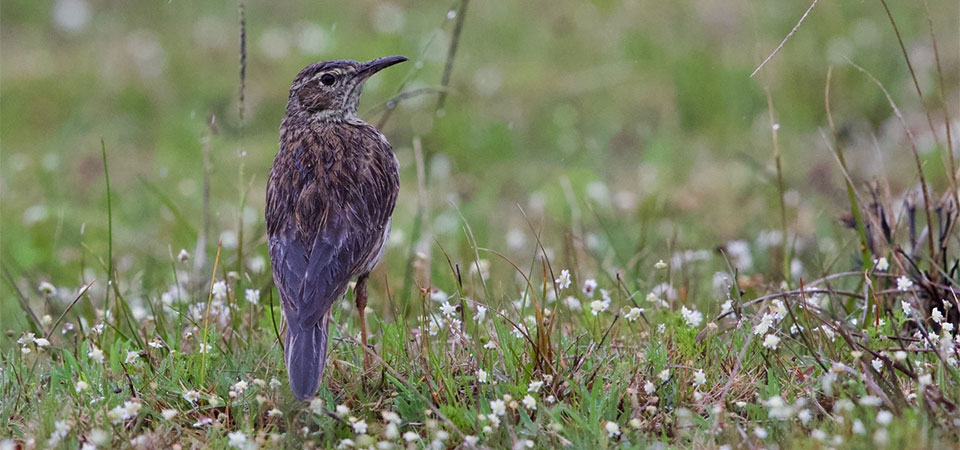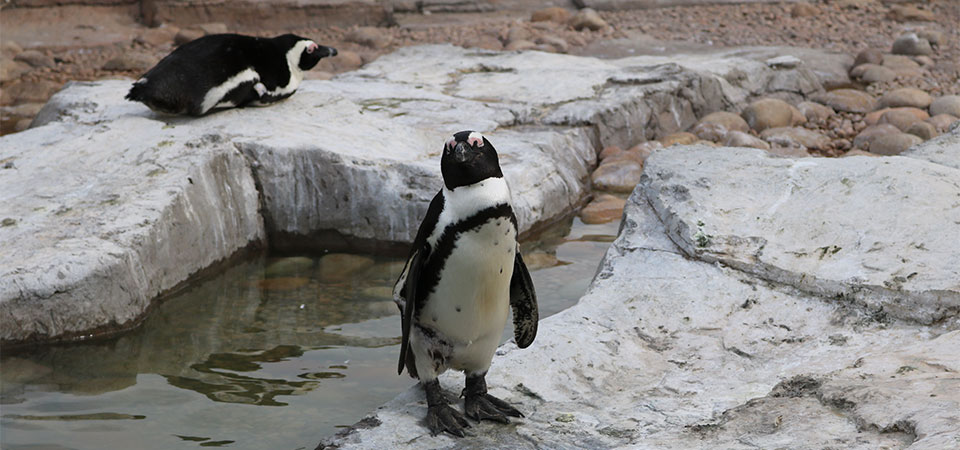Spreading the love for 4 Overberg ‘animals’ this Valentine’s Day
The Overberg is home to very special wildlife. And some of these species are on the BRINK of extinction.
That’s why, this Valentine’s Day, they need all the love and attention we can give them. Here are only 4 of these special Overberg ‘animals’ – in a list that’s growing daily.

Photograph by Heather D’Alton, LoveGreen Communications.
Bontebok (Vulnerable)
This is a truly Overberg animal – and on that nearly became extinct, were it not for the quick actions of local farmers. In fact, by the 1930s, only 17 bontebok remained. Hunters had over the centuries shot the indigenous animals that once roamed the Overberg. The bontebok was among the casualties.
The waning numbers sparked concern with farmer, Alexander van der Bijl. And he enclosed the last 17 bontebok on his farm, where they were protected, and the numbers could steadily increase.
Today the bontebok is considered one of the least known, and yet one of the most successful conservation stories.

Photograph by Dr Odette Curtis-Scott, Overberg Renosterveld Conservation Trust.
Black Harrier (Endangered)
The story of the Black Harrier is not as positive as the bontebok. In fact, the population of this endangered bird species is steadily falling. AND the experts reckon ONLY between 251 and 999 mature individuals remain. The challenge? It’s lost around 50% of its preferred breeding habitat over the last 100 years – mostly to agriculture. Wildfires also present a risk, along with invasive species and urbanisation.
The Black Harrier occurs across southern Africa – but its numbers are concentrated in the Western Cape. In fact, our part of the world is so important to it, that ABI partner, the Overberg Crane Group, has highlighted it as one of the birds it actively protects.

Photograph by Pierre Hensburg.
Agulhas Long-billed Lark (Regionally Near Threatened)
The Agulhas-Long-billed Lark lives on the natural and farmlands in the Agulhas Plain. It’s the Western Cape’s ONLY endemic bird species – making it very special to the Overberg, and worthy of attention on Valentine’s Day.
Working with the Nuwejaars Wetlands Special Management Area (an important home for this bird species), an Oxford University student looked closely at the impact of agricultural practices on the birds, and specifically on what they eat.
Celeste de Kock found that ploughed and planted lands help the birds: they provide more food for them to eat. But on the downside, the larks are unlikely to breed and sleep in intensively farmed areas, and are more likely to use natural patches for roosting and breeding.
This is the perfect showcase of how productive and natural lands can work together.

Photograph by Heather D’Alton, LoveGreen Communications.
African Penguin (Endangered)
ABI partners, the Dyer Island Conservation Trust, says the African Penguin could be extinct in the wild by 2030. In fact, the population has declined by about 98% since 1920. And today still around 90 birds are lost EVERY WEEK.
From guano scraping, and egg harvesting, to depleted fish stocks and marine pollution – the African Penguin has over the years faced many threats (and still does). It only breeds at 28 localities – many of these in the Overberg.
That’s the bad news. But there is of course good news too from the Overberg: this includes the work undertaken by some of ABI’s partners to address these threats. Like Dyer Island Conservation Trust’s nesting box project, ongoing research, and the rehabilitation centre (African Penguin and Seabird Sanctuary) where injured birds are treated before being released.
Want new articles before they get published?
Subscribe to our Awesome Newsletter.

